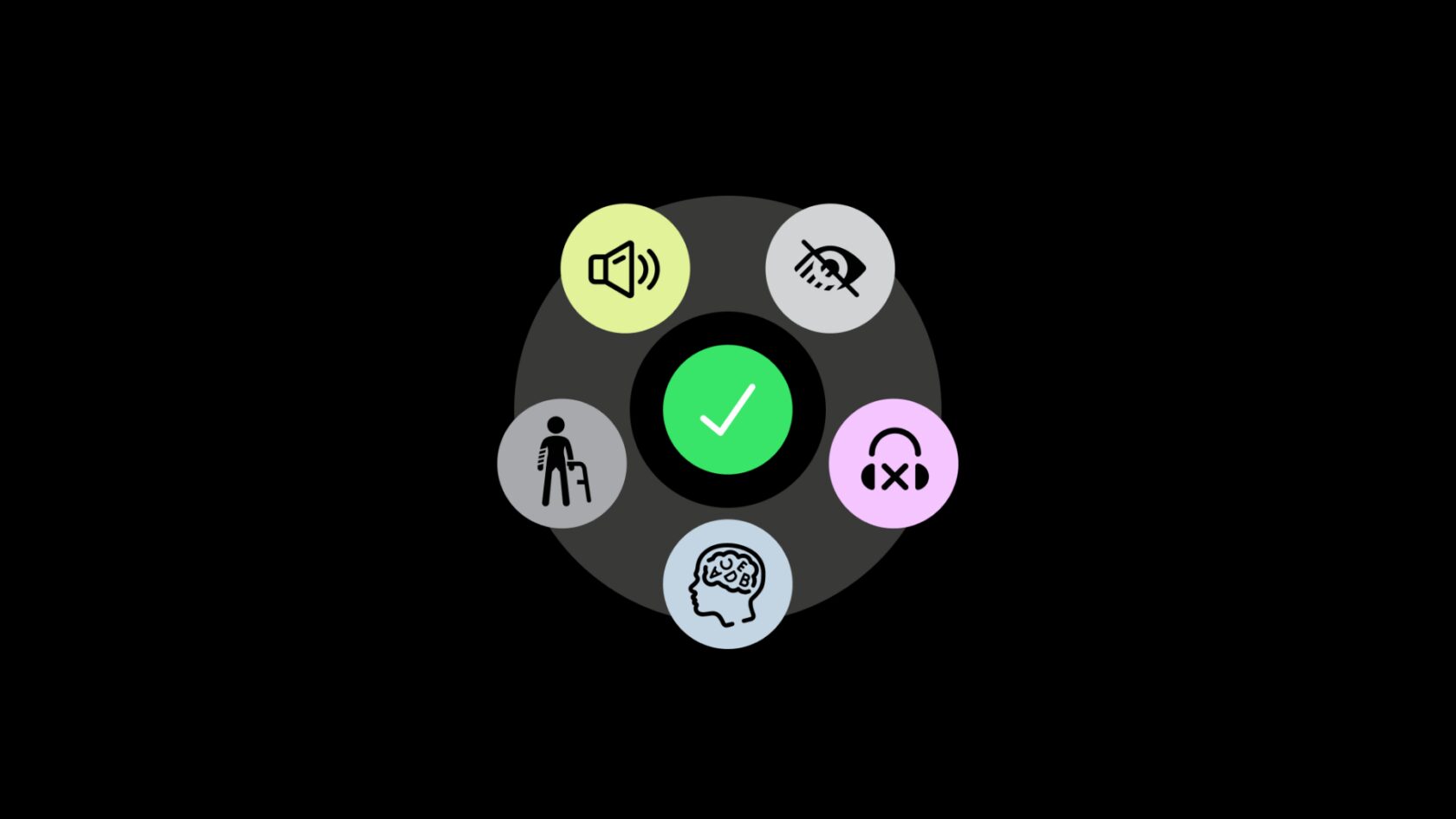Erin Mullaney, Media Director

I recently participated in a lively discussion with buy-side and sell-side ad executives to dive into the latest thinking around targeting, measurement, and—of course—cookies. While these conversations can sometimes get technical, here are 4 straightforward takeaways for marketers navigating this landscape:
Remember the Root Concern
It’s not just about the third-party cookie as a method for collecting and using data on internet users, but about the act of data collection itself. The issue of unclear consent and privacy won’t disappear with the cookie, which makes building trust and transparency with consumers while still effectively advertising the real challenge. At its core, 1:1 deterministic targeting and tracking, regardless of the method, is what fuels privacy concerns. While there are many alternatives to third-party cookies, some are just fixes for targeting and measurement, while others aim to solve the underlying issue. The latter are likely to be more sustainable as privacy regulations evolve.
Wait, I Thought Google Said the Third-Party Cookie Wasn’t Going Away?
Google decided it wouldn’t proactively phase out cookies but would instead allow consumers to choose whether they want to be tracked. This mirrors Apple’s rollout of iOS 14.5 and App Tracking Transparency (ATT) in 2021, where users were prompted to decide if they wanted apps to track them. At that time, 96% of iOS users opted out. Today, that opt-in rate has climbed to about 24%, as people grow more accustomed to these types of prompts. While Google is putting the decision in the hands of consumers, if the prompt is as direct as Apple’s, we can expect most users to opt out. This means third-party cookie alternatives are still very much in demand. (Source: Adjust)
Exploring the Alternatives
At CP, we categorize targeting and measurement approaches into two groups: Hyper-Targeted and Privacy-First.
Hyper-Targeted solutions are the easiest alternatives to third-party cookies because they preserve 1:1 deterministic targeting and measurement, making them compatible with current ad tech. This group includes identifiers like IP addresses, device IDs, universal/alternative IDs, and data matching methods like identity graphs and cleanrooms. Measurement alternatives here include server-to-server tracking. Although these solutions are often considered “more accurate than third-party cookies,” they may still face future regulatory scrutiny, as they don’t fully address the root privacy concern. Even if the data is anonymized, it’s still being collected, leveraged, and in some cases, linked to personally identifiable information like names and emails.
Privacy-First alternatives, on the other hand, break away from 1:1 attribution. The key difference here is using “unattached” data in targeting, measurement, or both, to avoid tracking individual consumers across their entire journey. For targeting, this could mean probabilistic targeting via survey-based, contextual, or cohort methodology. On the measurement side, it could involve aggregated or modeled results, as well as brand lift studies, test & learns, and media mix modeling. These solutions, specifically on the targeting side, are less widely adopted and often perceived as less effective, but it’s critical to test them as the landscape continues to evolve. At CP, we’ve seen some promising early results with these alternatives, even outperforming hyper-targeted methods in certain cases. We believe AI will further improve the ability to leverage unattached data signals to drive results.
Where Does First-Party Data Fit Into All This?
The role of first-party data largely depends on your business model. Knowing your customer will always benefit your marketing efforts, but building a robust first-party data strategy requires transparency and incentivizing consumers to share their information. For some brands, there’s an immediate value exchange—like providing an email to unlock content behind a publisher paywall. For others, data is collected post-purchase, which is less helpful for prospecting. Ideally, you can use first-party data as a seed list to reach similar audiences, but privacy-first alternatives may also limit the effectiveness of lookalikes. Thinking strategically about how you collect and utilize first-party data is essential to determining its value for your business.
Conclusion
The ad industry’s focus has shifted from simply finding alternatives to third-party cookies to addressing the bigger picture: consumer privacy. While hyper-targeted solutions continue to dominate, privacy-first approaches are gaining traction, and their relevance will only grow as regulations tighten. As brands and advertisers, it’s crucial to stay ahead by testing a variety of strategies and ensuring that your approach to data is both transparent and adaptable to the evolving landscape. The future of targeting and measurement lies in balancing effectiveness with privacy, and those who can master this will be well-positioned for success.



